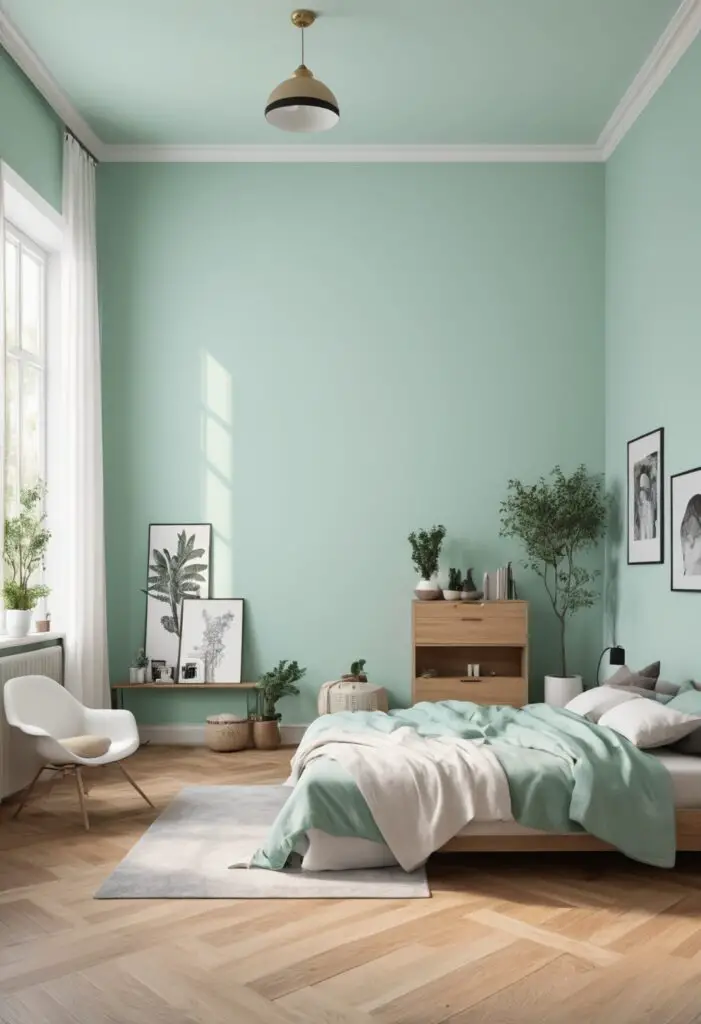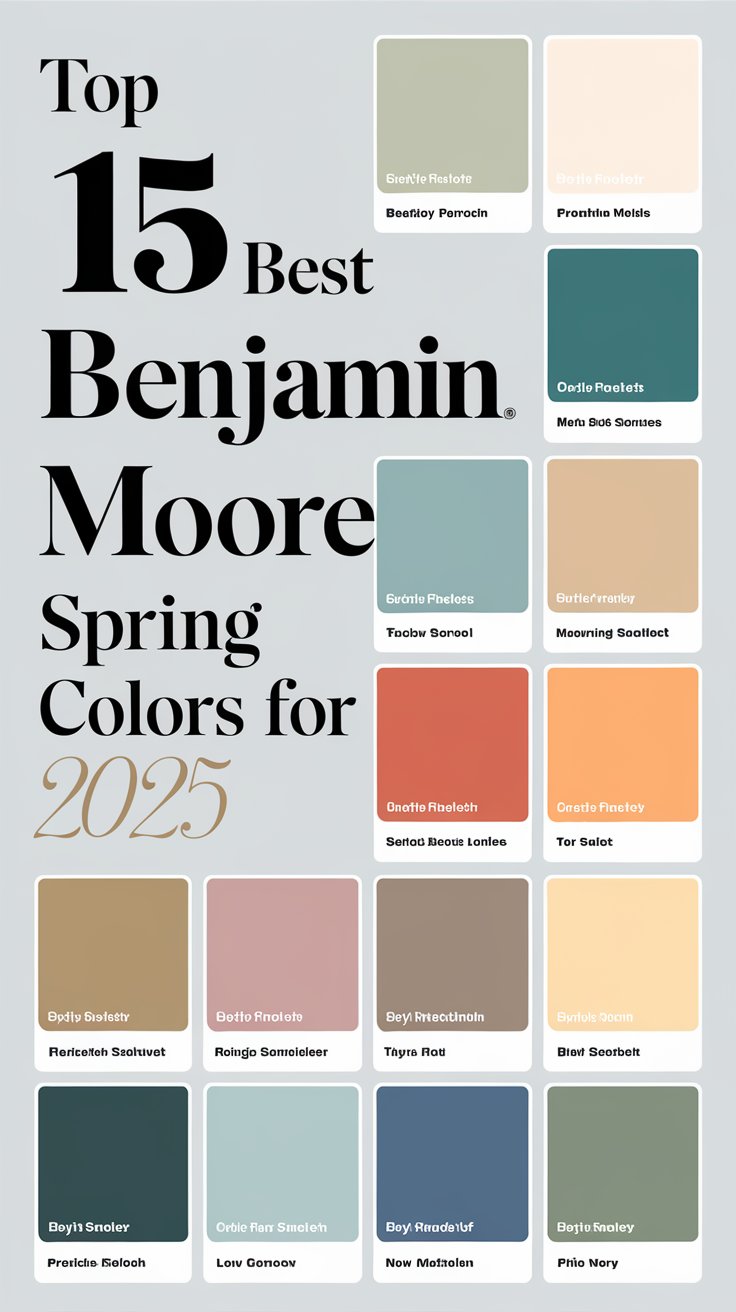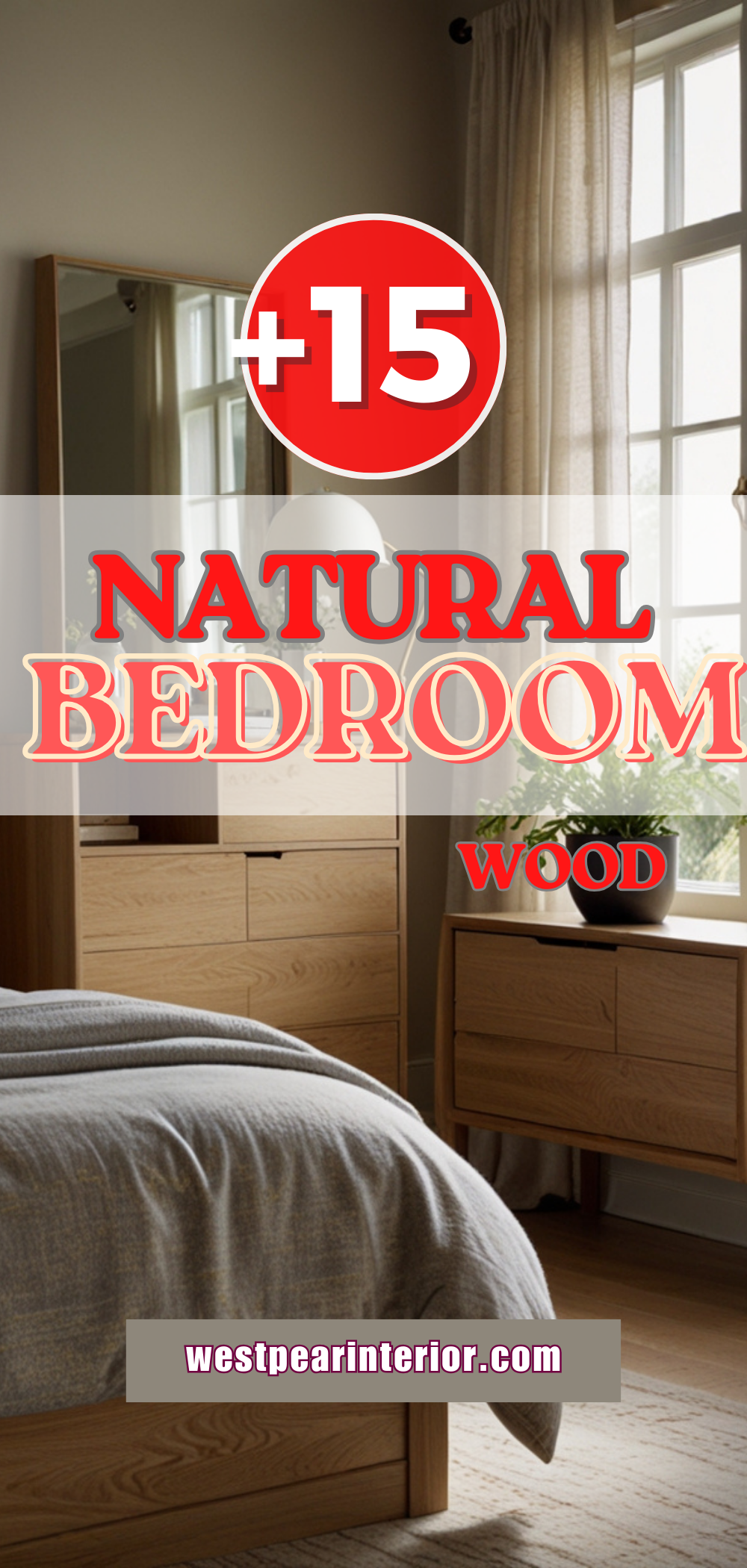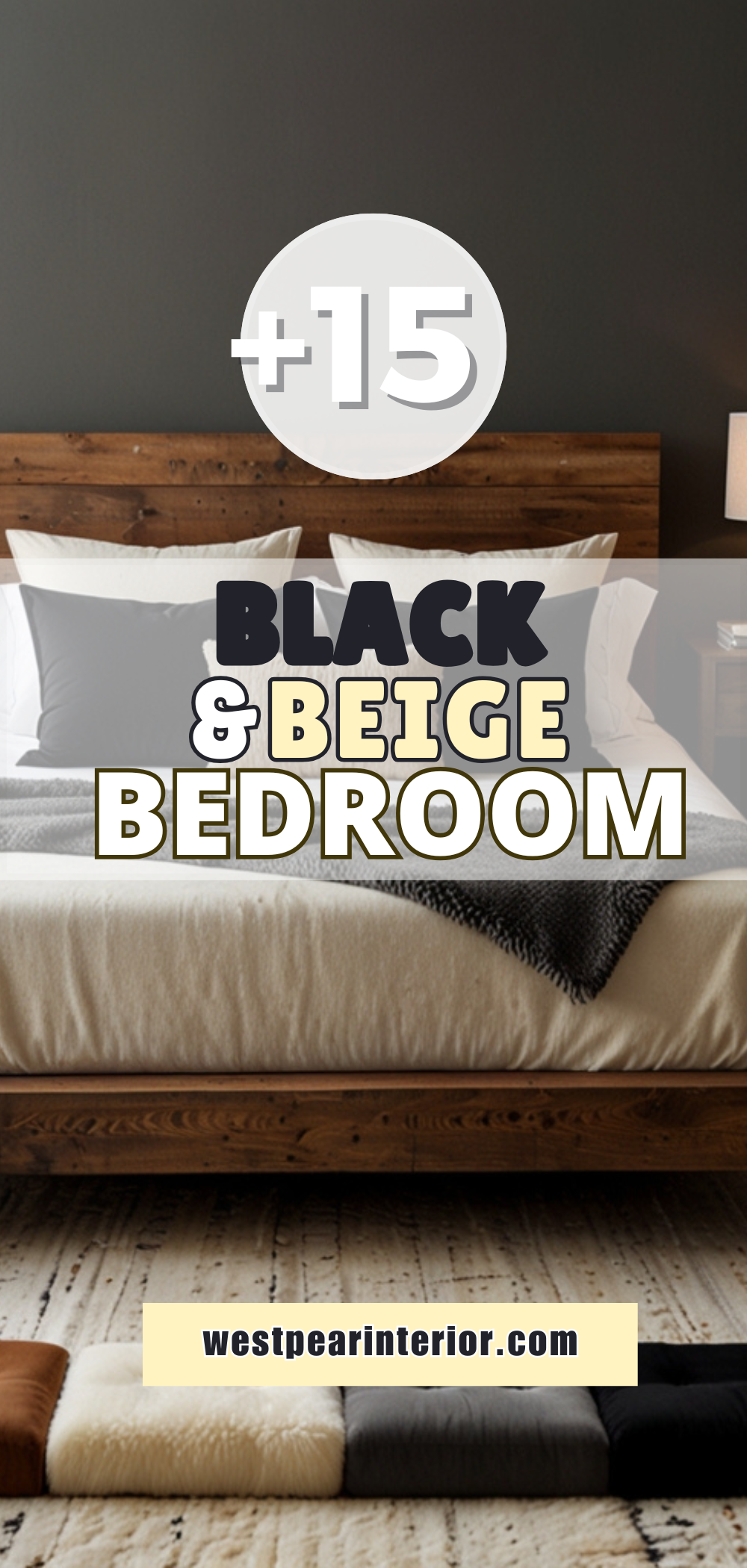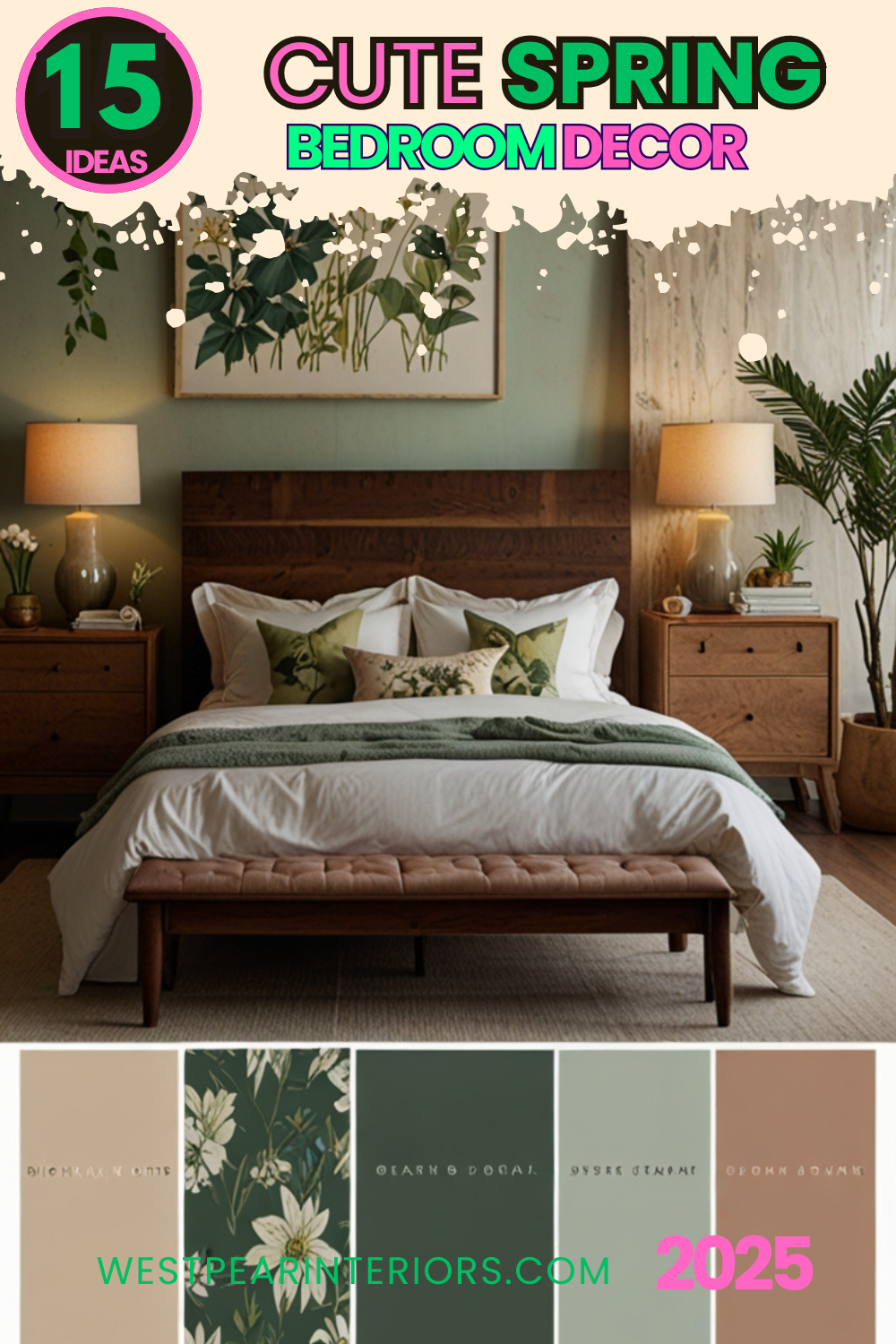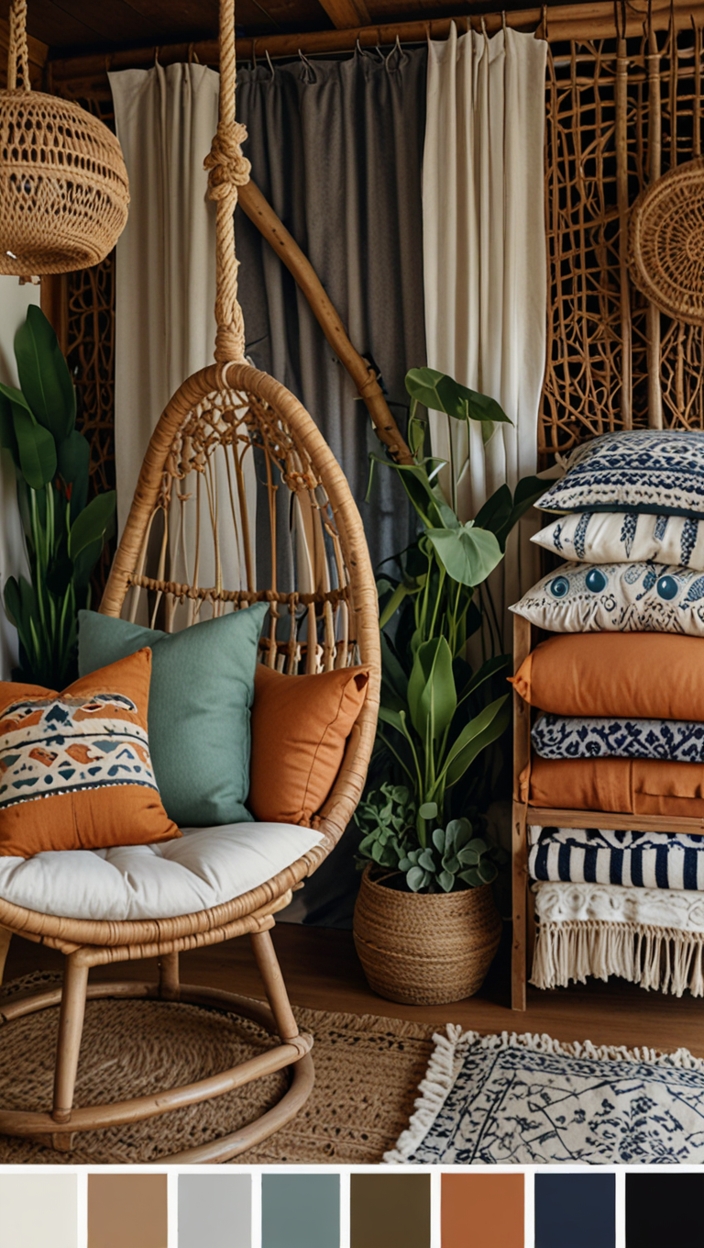As we step into 2024, one of the most exciting trends in interior design is the resurgence of retro mint paint for contemporary bedrooms. This fresh, soothing hue brings a blend of nostalgia and modernity, creating a serene yet stylish atmosphere. In this article, we’ll explore why retro mint paint is an excellent choice for contemporary bedrooms, provide tips on how to match this color with other elements, suggest complementary hues, and offer alternative colors from Sherwin Williams and Benjamin Moore. We’ll also discuss other rooms where retro mint can be effectively used and conclude with a summary of why this trend is worth embracing.
Why Recommend Retro Mint Paint for Bedrooms?
Retro mint paint is not just a color; it’s a statement. It has a unique ability to evoke feelings of calmness and tranquility, making it ideal for a bedroom, a space dedicated to rest and rejuvenation. The color’s roots in mid-century modern design give it a timeless appeal, while its soft, muted quality makes it versatile enough to blend with contemporary aesthetics.
Psychological Benefits
Retro mint is known for its calming effects. The gentle green hue is associated with nature, which can help reduce stress and create a peaceful environment. This makes it perfect for a bedroom, where relaxation is paramount.
Aesthetic Appeal
My Lovely Spring Paint for 2025
Ready for a Spring Makeover? Explore the Freshest 2025 Paint Trends!
White Sage/Green SW Pistachio green Soft blue Honeysweet/Orange Pink Sugar Sage Tint BMAs an Amazon Associate, I may earn a commission from qualifying purchases at no extra cost to you.
The subtle yet striking appearance of retro mint paint can make any bedroom feel more spacious and airy. Its lightness reflects natural light beautifully, enhancing the room’s brightness without being overwhelming.
Versatility
One of the significant advantages of retro mint is its versatility. It pairs well with a wide range of colors and materials, allowing for creative freedom in designing your space. Whether your bedroom features wooden furniture, metallic accents, or colorful textiles, retro mint can complement and enhance these elements.
Tips to Match Retro Mint Paint:
1. Combine with Neutral Tones
Neutral colors like white, beige, and gray are excellent companions for retro mint. These shades can balance the vibrancy of mint, creating a harmonious and sophisticated look. Use white for trims and ceilings, and beige or gray for bedding and upholstery.
2. Incorporate Natural Elements
My fAV Spring DECOR for 2025
Discover Spring’s Best 2025 Decor Combinations – Perfect for Any Room!
Oversized Indoor Plants White Curved Sofas Rugs BOH Brown Cream Moroccan Hype Boho Rug Outdoor Patio Furniture Sets Topfinel Pillow CoversAs an Amazon Associate, I may earn a commission from qualifying purchases at no extra cost to you.
Natural materials such as wood and rattan can add warmth and texture to a retro mint bedroom. Consider wooden furniture or rattan baskets to bring a touch of nature indoors, enhancing the calming effect of the mint paint.
3. Use Metallic Accents
Metallic elements, especially in gold or brass, can add a touch of glamour to your retro mint bedroom. Think of incorporating metallic light fixtures, picture frames, or decorative objects to create a chic and modern vibe.
4. Add Pops of Color
Introduce complementary colors through accessories like cushions, rugs, or artwork. Colors like coral, mustard, or navy can provide striking contrasts without clashing with the mint background.
5. Layer Textures
Texture adds depth and interest to any room. In a retro mint bedroom, layer different fabrics like velvet, linen, and cotton for a cozy and inviting atmosphere. Textured wallpapers or patterned curtains can also enhance the overall design.
Hue Matching with Retro Mint:
1. White
White is a classic match for retro mint. It emphasizes the freshness and clarity of mint, creating a clean and timeless look. Use white for trims, furniture, or bedding to maintain a crisp and airy feel.
2. Light Gray
Light gray is another excellent hue to pair with retro mint. It adds a subtle contrast without overpowering the mint, resulting in a serene and balanced palette. Light gray walls, rugs, or furniture pieces can work beautifully in this combination.
3. Soft Pink
Soft pink can create a charming and romantic ambiance when paired with retro mint. This combination is perfect for a feminine touch, ideal for a girl’s bedroom or a serene adult retreat. Use soft pink in textiles, such as throw pillows or blankets.
4. Navy Blue
Navy blue provides a bold contrast to retro mint, adding depth and sophistication to the room. This pairing works well in accessories like lampshades, cushions, or artwork, giving the bedroom a modern edge.
5. Mustard Yellow
Mustard yellow brings a touch of warmth and energy to a retro mint bedroom. This vibrant hue can be used sparingly in decorative elements such as vases, picture frames, or small furniture pieces to add a pop of color and interest.
Alternative Colors from Sherwin Williams and Benjamin Moore:
1. Sherwin Williams – Mint Condition (SW 6743)
Mint Condition is a beautiful, soft green that closely resembles retro mint. It’s perfect for creating a fresh and relaxing bedroom environment, reflecting a similar aesthetic appeal.
2. Sherwin Williams – Sea Salt (SW 6204)
Sea Salt is a more subdued and sophisticated alternative to retro mint. It has a subtle hint of green and gray, providing a tranquil and elegant look suitable for contemporary bedrooms.
3. Benjamin Moore – Soft Fern (2144-40)
Soft Fern offers a gentle and soothing green shade, making it an excellent alternative to retro mint. Its muted tone can create a peaceful and inviting bedroom atmosphere.
4. Benjamin Moore – Palladian Blue (HC-144)
Palladian Blue is a versatile color that combines hints of blue and green. This serene hue can evoke the calming qualities of retro mint while adding a touch of sophistication to the room.
5. Benjamin Moore – Quiet Moments (1563)
Quiet Moments is a subtle and elegant shade with blue and green undertones. It creates a serene and peaceful ambiance, making it an excellent alternative to retro mint for a contemporary bedroom.
Other Rooms to Use Retro Mint:
Living Room
Retro mint can create a fresh and inviting living room. Pair it with neutral furnishings and natural elements like wooden coffee tables or rattan chairs for a cozy and stylish space.
Kitchen
In the kitchen, retro mint can add a pop of color and make the space feel more vibrant. Use it for cabinets, backsplashes, or even as an accent wall to create a cheerful cooking environment.
Bathroom
A retro mint bathroom can feel like a spa retreat. This soothing color works well with white tiles, marble countertops, and chrome fixtures, creating a clean and relaxing atmosphere.
Home Office
Retro mint can enhance concentration and creativity in a home office. Pair it with minimalist furniture and plenty of natural light for an inspiring and productive workspace.
Dining Room
In the dining room, retro mint can create a refreshing and elegant setting. Combine it with wooden dining tables and chairs, and add metallic accents for a sophisticated touch.
Conclusion:
Retro mint paint is a fantastic choice for contemporary bedrooms, offering a unique blend of calmness, style, and versatility. By following the tips and hue matching suggestions provided, you can create a harmonious and visually appealing bedroom. Additionally, considering alternative colors from Sherwin Williams and Benjamin Moore ensures that you have the perfect shade to suit your personal taste. Don’t limit this beautiful color to just the bedroom; it can transform other rooms in your home as well. Embrace the retro mint trend in 2024 for a fresh and stylish update to your living spaces.

